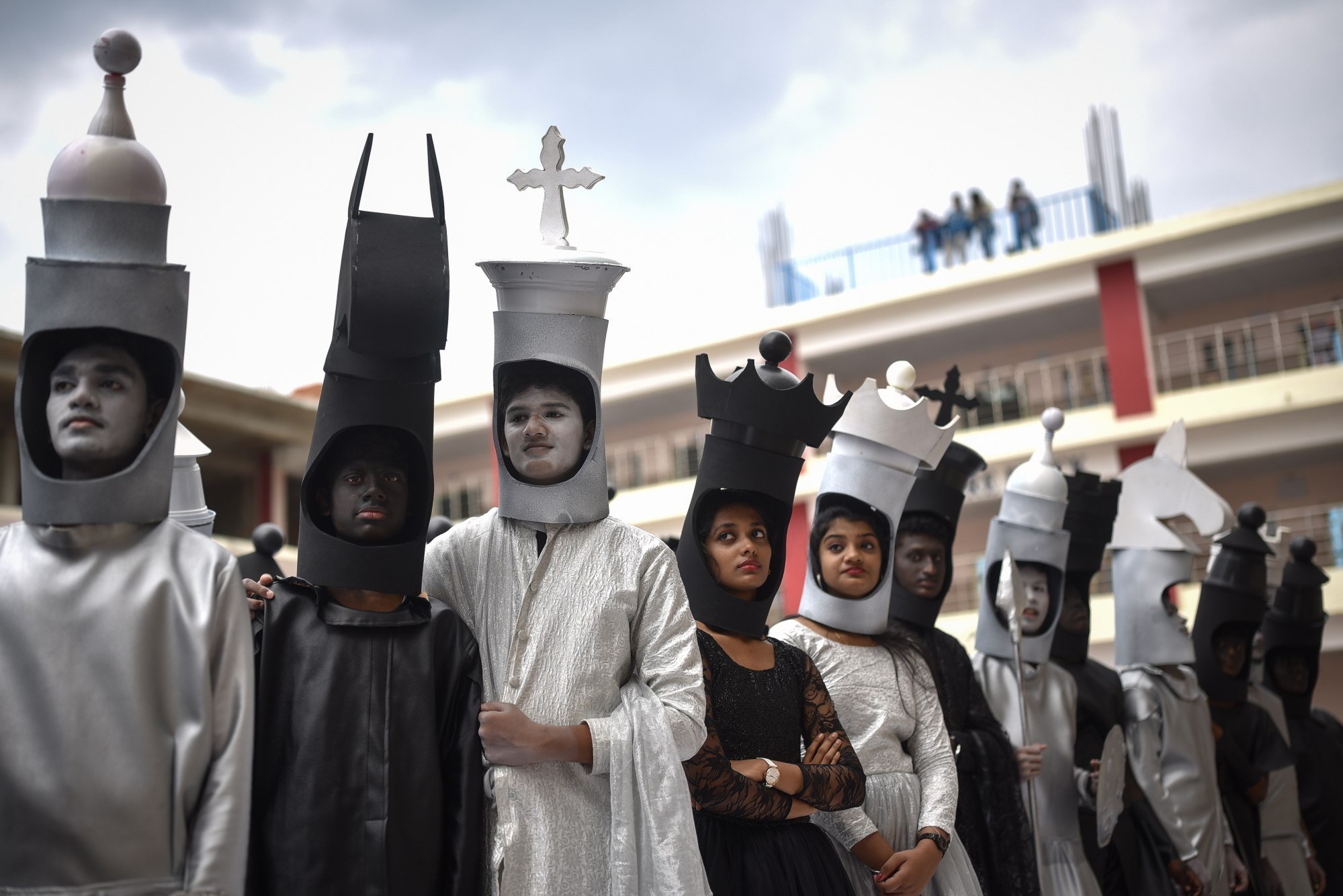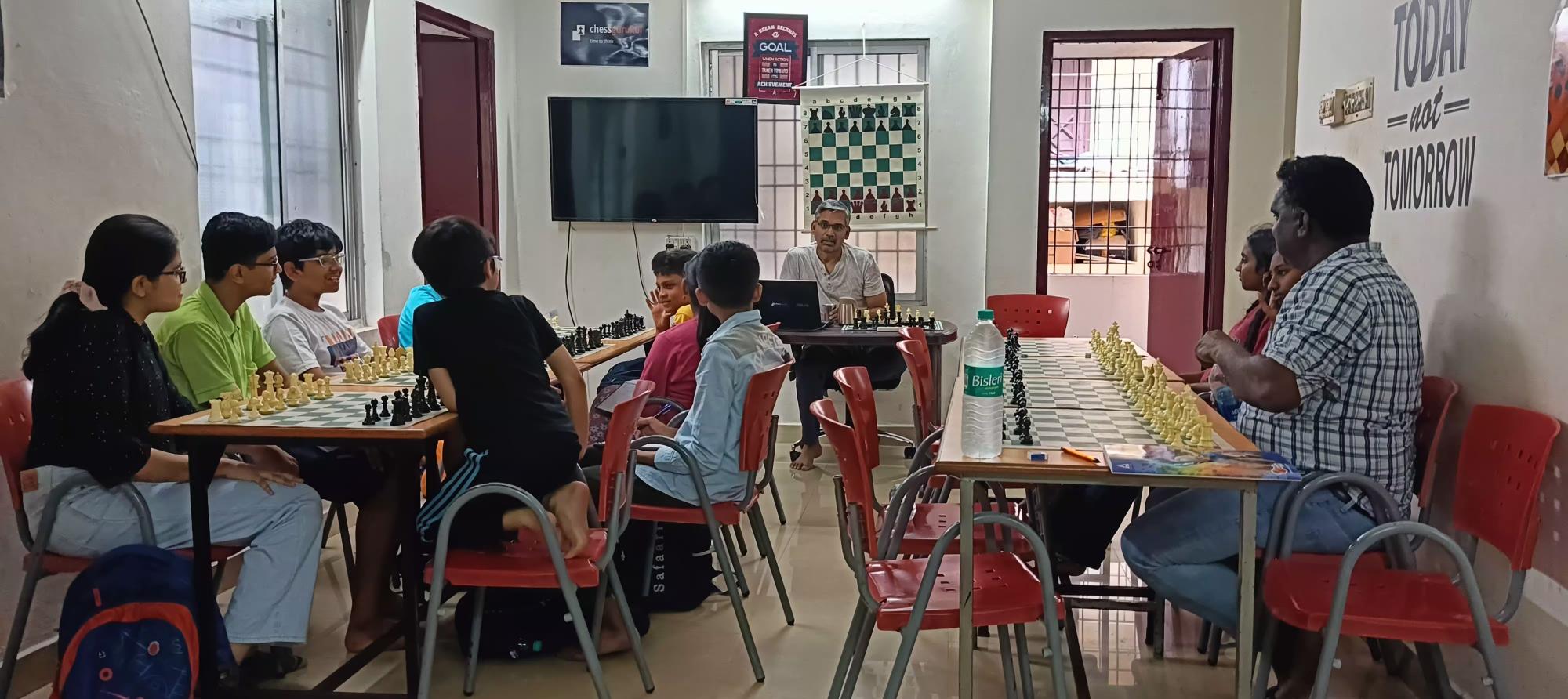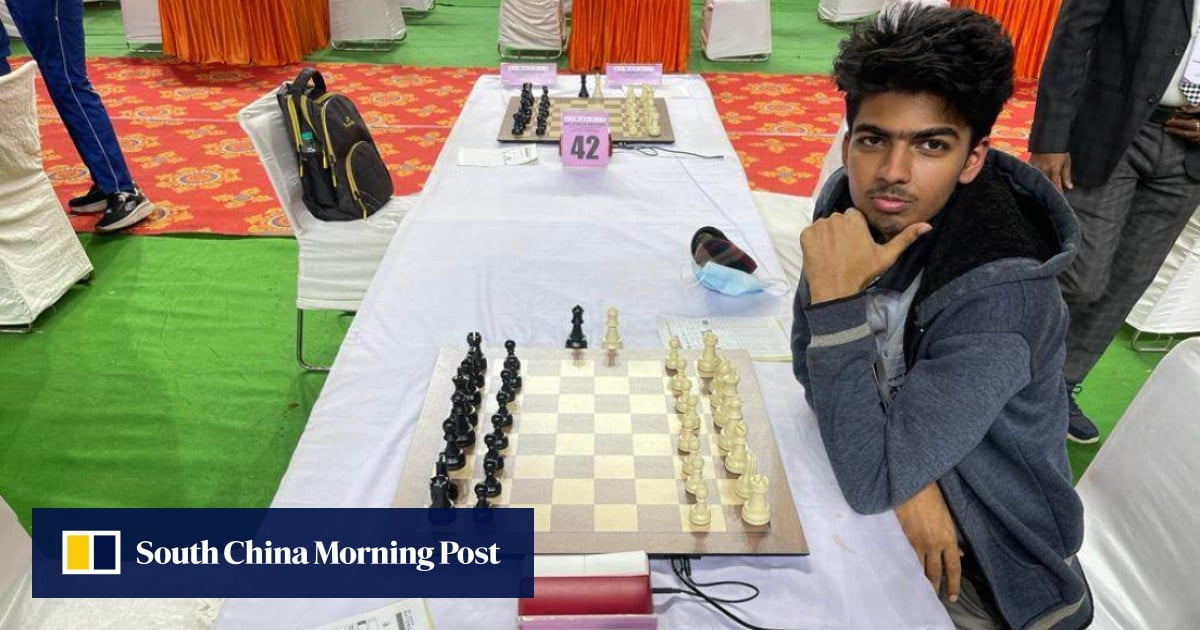Lakshminarasimhan represents the young crop of aspirants in India dominating the chess arena in recent years. Chess, a two-player board game created in India about 1,500 years ago, has seen a rapid surge in popularity over the past two decades.
The number of tournaments has increased, the chess ecosystem is strengthening each year, and the country is attracting international events and talent. Players like Lakshminarasimhan are emerging as promising talent in this thriving chess landscape.
Puducherry’s first
To achieve the title of IM, one must score 2,400 points in the ratings system monitored by the International Chess Federation (FIDE).
Lakshminarasimhan, hailing from a humble background, hovered around 2,350 points in January last year, but gradually dropped to 2,200 in October. In a remarkable comeback, he reached 2,400 in February, becoming the country’s first IM from the tiny union territory of Puducherry.
While Chennai boasts a vibrant chess ecosystem with coaching institutes, sophisticated trainers and star players, Puducherry faces severe challenges due to a lack of financial and knowledge resources.

Lakshminarasimhan’s family spent over 4 million rupees (US$48,000) on his coaching in Puducherry and tournament-related expenses, a massive amount equivalent to purchasing a fully-fledged house for an Indian middle-class family.
“For me, chess is the highest form of the battle of the minds. It allows creativity, strategic thinking, and tactical moves,” Lakshminarasimhan said.
Grandmaster brother-sister duo R Praggnanandhaa and Vaishali, along with star players like Dommaraju Gukesh and Arjun Erigaisi, have become household names in the chess world. The quartet, who are aged between 17 and 22 years old, are all considered promising contenders for the world No 1 title.

Star chess coach RB Ramesh, who leads the coaching institution Chess Gurukul, responsible for producing many emerging players, stresses the need for increased efforts from schools and parents to support enthusiasts.
“Key challenges players face include some schools not allowing their children to compete frequently. Second, there’s additional pressure from parents, leading to children feeling the strain, and potential players may lose confidence at a young age,” he said.
“Third, there’s a lack of access to quality trainers at the right time. Many players end up with ineffective coaches during their formative years.”
India boasts about 50,000 officially registered chess players, and over a million people play across various tournaments, according to estimates from local federations. About a dozen Indian players consistently feature in the world’s top 100 rankings – an unprecedented feat.
Despite this, chess is not yet a lucrative career in India and players still hold day jobs even if they turn professional. Players supplement their earnings through endorsements, running coaching centres, or working for government or corporate entities under a recruitment scheme for sportspersons.

Young blood
For chess aspirants like Lakshminarasimhan, the path in India was originally paved by the legendary player Viswanathan Anand, a five-time World Chess champion. Anyone in India aspiring to pursue chess professionally is bound to have Anand as a role model.
Anand held India’s No 1 spot for 37 years until last September, when he was briefly dislodged by 17-year-old Gukesh. The temporary setback did not dampen the spirits of the 54-year-old Anand, in the twilight of his career, who said this marked a new phase in India’s chess prowess with the infusion of young blood.
Many of these young players are under the tutelage of Anand himself, who helps train players through platforms such as the WestBridge Anand Chess Academy, where he is chief mentor.

“The youngsters we have now are so promising and talented,” Anand told This Week in Asia. “Players like Gukesh or Praggnanandhaa could easily become world champions over the next couple of years. It could happen soon or a bit later. They have the potential to go all the way.”
Besides the support from government bodies, Anand said the corporate world was also involved in sponsoring players or employing them.
“This gives the player stability and freedom to keep working on the game. It offers them access to good equipment and coaches,” he said, but added more could be done.
“There are lots of players looking for help. We have to keep trying to work. The ecosystem should continue to popularise the game so that more people get involved.”

Bharat Singh Chauhan, secretary of the sports body All India Chess Federation and deputy president of the Asian Chess Federation, agreed with Anand that player sponsorship remained a major challenge.
Chauhan added that infrastructure posed an even more significant hurdle.
“In every city, there’s a permanent dedicated stadium for hockey, football, or cricket. But, we don’t have chess centres. When we go to any hotel to arrange a tournament, it’s exorbitantly expensive. Most tournaments run for nine days,” he said.
“Now that India is an emerging superpower in chess, the government should invest in building permanent centres to capitalise on the momentum.”
